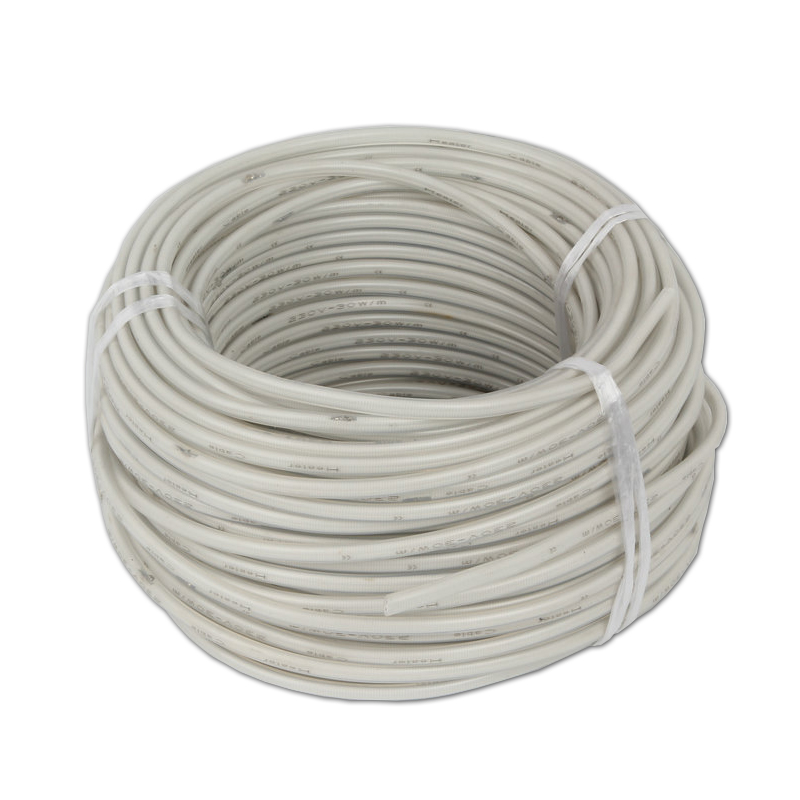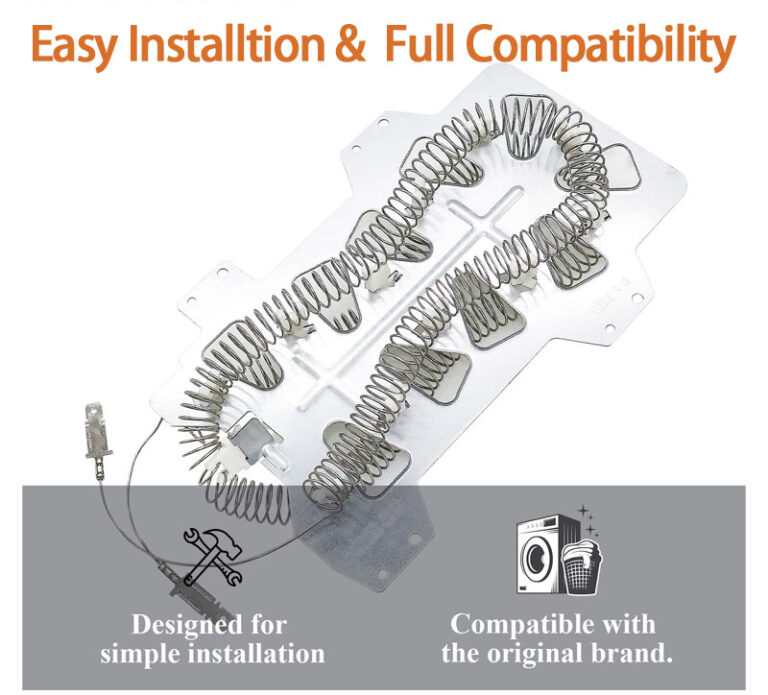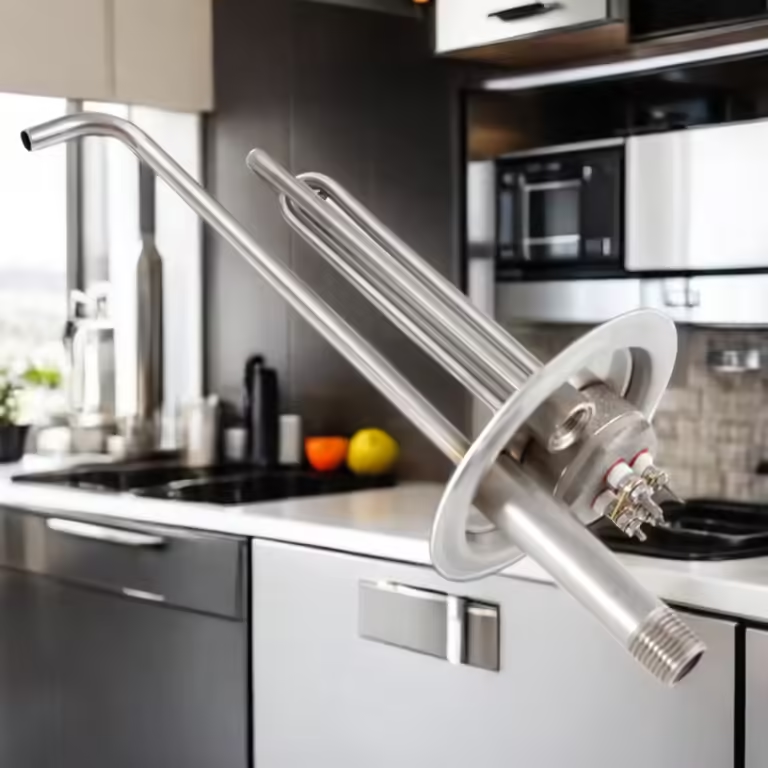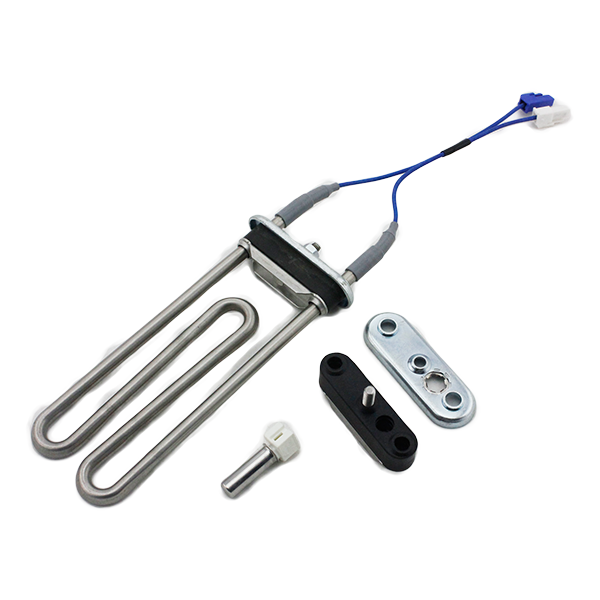Constant Wattage Heat Cable
In the realm of heating systems, constant wattage heat cables (CWHC) are a marvel of modern technology. These devices, meticulously designed for efficiency, are a testament to the advancements in the field of thermal regulation. But how exactly does a CWHC work? Let’s delve into the heart of this ingenious invention.
The principle behind the Constant Wattage Heat Cable is fairly straightforward. As the name suggests, it maintains a constant wattage output throughout its length, irrespective of the ambient temperature. This is achieved through a resistive wire that runs the length of the cable. When an electric current is passed through this wire, it encounters resistance which, in turn, generates heat. The beauty of this system lies in its simplicity and efficiency.

The inner workings of a Constant Wattage Heat Cable are a bit more complex. The resistive wire is typically encased within an insulating layer, which is then surrounded by a conductive sheath. This sheath serves two purposes: it acts as a ground path for safety and also helps distribute the heat evenly along the cable. The outermost layer is a protective jacket, designed to withstand harsh environments and provide durability.
Several factors affect the functioning of a CWHC. The cable’s wattage output is determined by the resistance of the wire and the applied voltage, following Ohm’s Law. The heat generated by the cable is also influenced by the ambient temperature and the thermal conductivity of the surrounding material. Därför, the cable’s efficiency can be optimized by carefully selecting the installation environment and voltage.
| Output Power | 25W/M | 40W/M | 50W/M |
| Spänning | 220V | ||
| Lead | 0.75 Square | ||
| Wire Insulation Material | Silicon Rubber | ||
| Heating Body | Cu-Ni Alloy Wire | Cu-Ni Alloy Wire | NiCr Alloy Wire |
| Heating Coil External Insulation | Silicon Rubber | ||
| Heating Body | 5mm*7mm | ||
| Use Longest Limit | 65M | 50M | 44M |
| Distance between Nodes | 0.5M | ||
| Immergence Withstand Voltage | AC3500V | Isoleringsresistans | ≥200mn |
Now, let’s explore the applications of CWHC. These cables are widely used in a variety of settings, from residential to industrial. They can be found in roof and gutter de-icing systems, preventing ice dams and icicles. In the industrial sector, they are used to maintain the temperature of pipes and tanks, ensuring that the contents do not freeze or become too viscous. They are also used in soil heating and in-floor radiant heating systems.
The advantages of CWHC are numerous. Their constant wattage output ensures reliable and consistent heating, making them ideal for applications where a stable temperature is crucial. They are also easy to install and can be cut to length on site, providing flexibility in design. Dessutom, their robust construction makes them durable and capable of withstanding harsh conditions.
Sammanfattningsvis, the constant wattage heat cable is a versatile and efficient heating solution. Its design, based on the principle of electrical resistance, allows for consistent heat output along the entire length of the cable. Its broad range of applications, from residential to industrial, and its many advantages, such as reliability and ease of installation, make it a preferred choice in thermal regulation systems. As we continue to advance in the field of heating technology, the CWHC remains a shining example of innovation and practicality.Constant Wattage Heat Cable



